Everyone loves pasta. Anywhere you go, you can find some variation of pasta noodles. In Poland they have pierogis, in Greece they have orzo, in Germany they have spatzle. There are at least 350 different types of pasta. But before we get into that… where did pasta even come from?
It’s always been assumed that pasta originated in Italy. But noodles were actually first discovered in China, 10 ft. underground by a group of archaeologists. Noodles have been a dish in China well before the rest of us were able to enjoy it. From China, the noodles traveled to Europe and then Spain, and from there it turned into the pasta we all know and love — all 350 shapes of them. Now, there are also many companies out there like gigispasta.com that deliver pasta right to your doorstep.
There are long pastas, short pastas, twisty pastas, sheet pastas, filled pastas and so many more. Different shapes and sizes of pastas are used for many different purposes. For example, angel hair pasta is very thin. It works well with thinner oil-based sauces but bigoli, being a thicker pasta, is best paired with thicker meat sauces. There are countless categories that we can group pasta shapes into, but the most common are: long, tube, soup, filled, dumpling, and special shapes. Here are the most common pasta’s in each category:
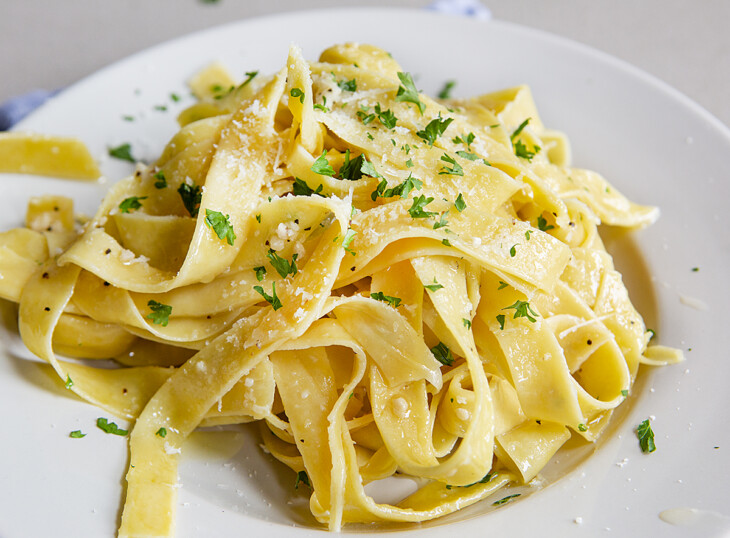
Source: I Am Homesteader
Contents
First, we have the long pastas:
- Capelli D’Angelo — Also known as angel hair pasta, this very thin spaghetti-type of pasta is typically used in soup or seafood dishes. It is best paired with oil-based sauces.
- Linguine — Translating to “little tongues,” linguine originated in the Liguria and Genoa regions of Italy. Linguine is normally served with a seafood or a red sauce.
- Fettuccine — It’s unknown where exactly Fettucine originated but we do know that it’s extremely popular in Rome. Fettuccine is used in all sorts of sauces but most popularly paired with Alfredo sauce.
- Bigoli — From the Venetian regions of Italy, Bigoli is most popularly served with thick meat sauces.
- Pappardelle — Coming from the word “pappare,” which means eating with childish joy and pleasure, pappardelle originated in Tuscany, Italy. It is normally paired with meat, shellfish, or vegetable sauces.
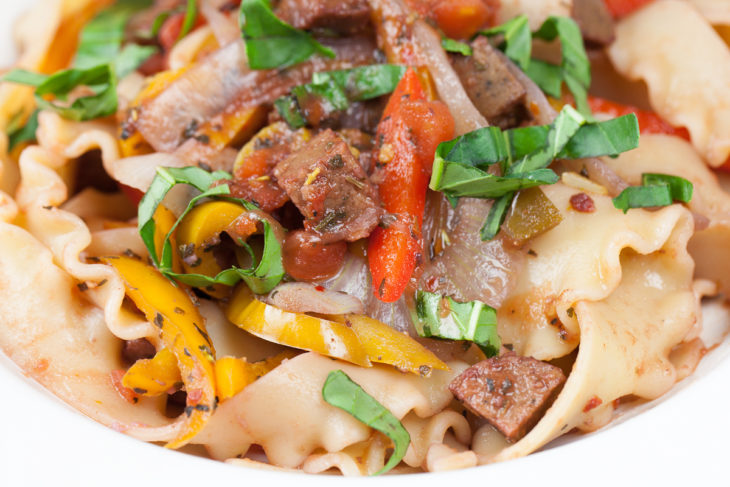
Source: That Was Vegan?
Next, we have the tube pastas:
- Penne — Originating in Sicily, Penne is one of the most popular pastas in the world. It can be served with many sauces but it’s most popularly used in Penne Alla Vodka.
- Cavatappi — Cavatappi translates to “corkscrew” and there is no doubt: it’s tubular spiral shape clearly resembles that of a corkscrew. Originating from Southern Italy, it is normally served in tomato-based sauces.
- Maccheroni — The famous macaroni- a fan favorite. Used for a variety of popular dishes such as Mac and cheese or macaroni salad, Maccheroni originated in northern and central Italy.
- Tortiglioni — Named after the Latin word “torquere” meaning “to twist,” tortiglioni is similar to rigatoni but it’s bigger. Originating in Naples, this pasta can be paired with any sauce.
- Ziti — Originating in Sicily, Ziti is a very popularly consumed pasta, specifically in the famous baked ziti. It’s formal name is maccheroni di zita, which translates to “macaroni of the bride.” This is because Ziti is commonly served at weddings. It is best paired with meats and cheeses.
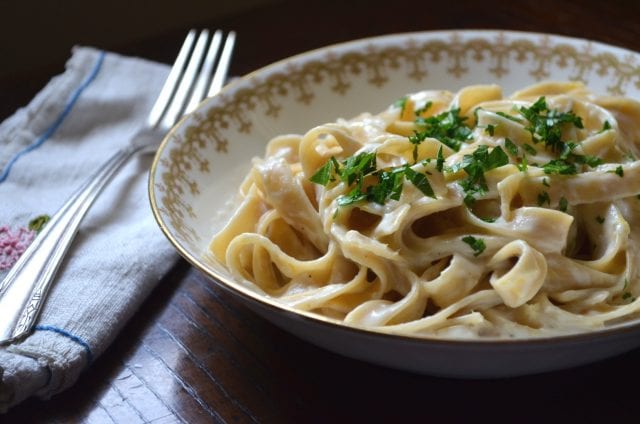
Source: injennieskitchen.com
Then, come the soup pastas:
- Anelli- Originating in Sicily and typically used in soups and pasta salads, Anelli is a small, thin, ring-shaped pasta.
- Ditalini— Translating to “small thimbles,” Ditalini is shaped like small tubes. Originating in Naples, it is commonly served in soups.
- Orzo — Originating in Italy, Orzo is often mistaken for rice due to the shape, size and color. Orzo is very commonly eaten in Greece and in Mediterranean and Middle Eastern foods. It is best used in soups and casseroles.
- Pastina — Pastina means “very small pasta.” Unknown exactly where in Italy it came from, pastina is typically used in soups and salads.
- Fideo spaghetti — A very thin pasta, similar to angel hair or thin spaghetti but cut into significantly shorter pieces. Fideo noodles originated in Spain and have been used worldwide. These small, thin noodles can be thrown into any type of soup.
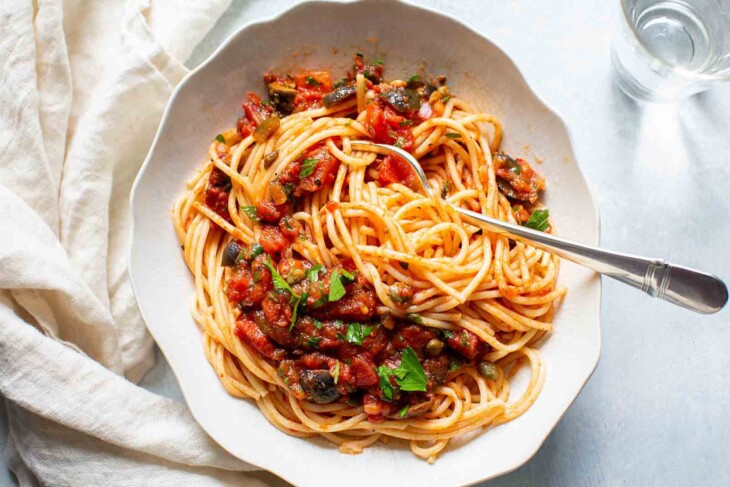
Source: Simply Recipes
Next, are the filled and the dumpling pastas:
- Mezzelune — Originally from Tyrol in Italy, Mezzelune is normally filled with cheeses and served with a cream sauce.
- Ravioli — Unknown where this pasta first surfaced, Ravioli built it’s popularity in the Lombardy region of Italy. Ravioli can be filled with anything but the most popular fillings are meats, cheeses, or vegetables.
- Tortellini — Originating in the Emilia region of Italy, tortellini are typically filled with meats or cheeses.
- Gnocchi — Gnocchi is based on the Italian word “nocchio,” meaning “knot in wood.” Originating in Northern Italy, this dumpling pasta is normally served with butter, pesto, or other sauces.
- Cappelletti — Caplletti, meaning “little hats,” originated in Italy. These dumpling pastas are typically stuffed with meat and served in a chicken broth.
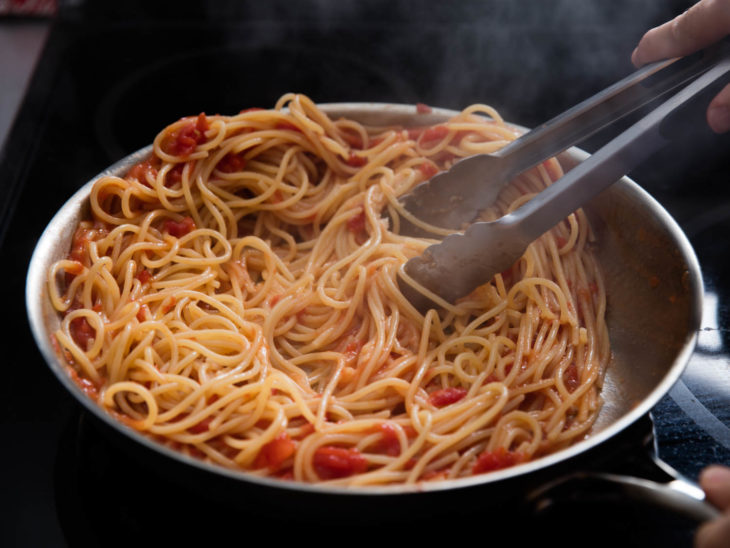
Source: Serious Eats
And finally, we have our special shaped pastas:
- Caserecce — Originating in Sicily, but very quickly spreading to the rest of Italy, Casarecce, meaning “homemade,” are perfect for thicker sauces including pesto or meat sauces.
- Cavatelli — Originally from the Molise and Puglia regions, cavatelli is typically served with ricotta cheese and tomato sauce.
- Farfalle — From the Emilia-Romagna and Lombardia regions of Italy, farfalle pasta is also known as “bow-tie” pasta. This butterfly shaped pasta is normally paired with light sauces.
- Fusilli — Originating from Southern Italy, fusilli pasta is based of the word “fuso” meaning “spindle” due to the way the pasta is made. It is typically eaten with tomato sauces and cheese.
- Rotelle — The wheel shaped pasta of Northern Italy. Their name comes from the Italian word “ruote” meaning “little wheels.” These pastas are usually served with tomato-based or cream-based sauces but rotelle pasta is also very commonly used in soups.
The important thing to remember is that no matter the shape or the size, pasta is pasta and we’re going to eat it anyway.
